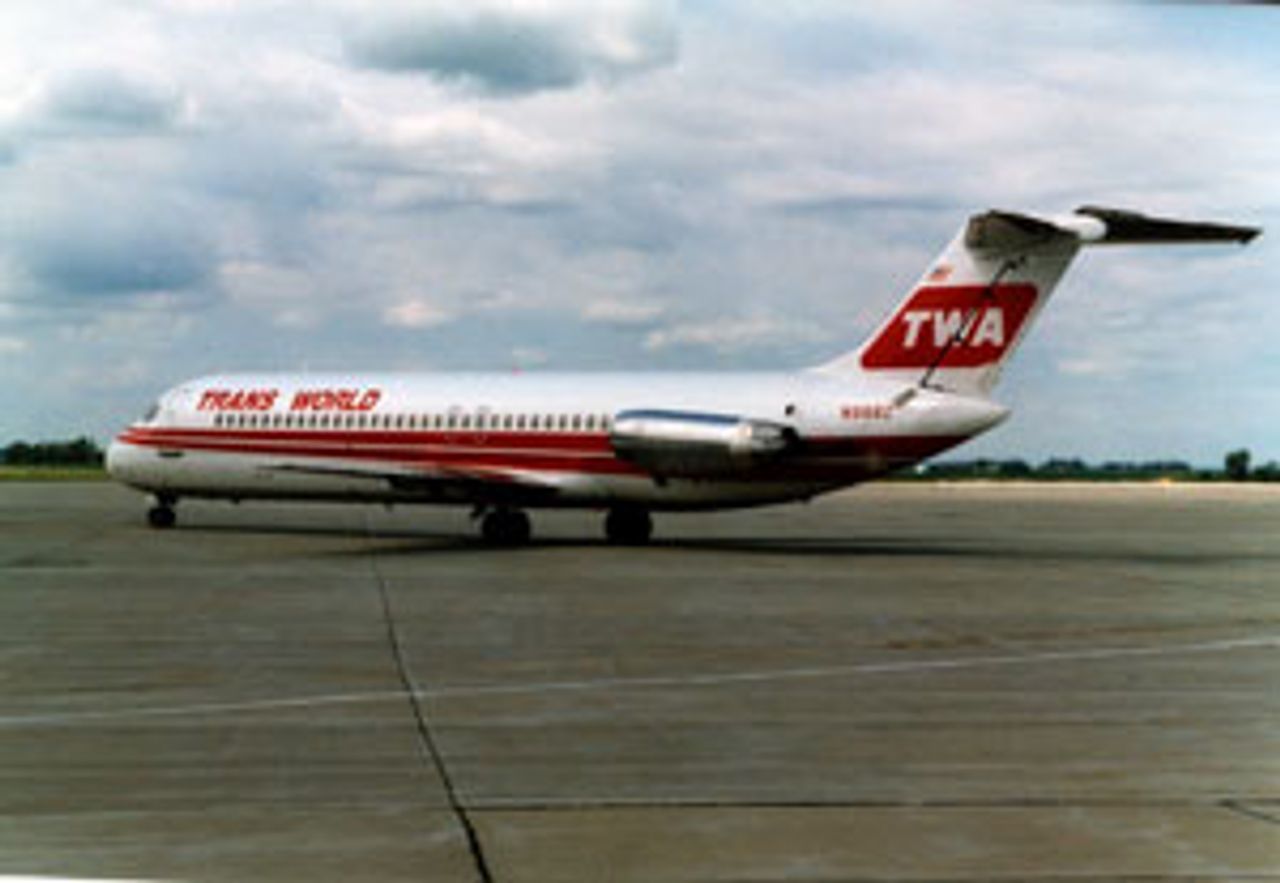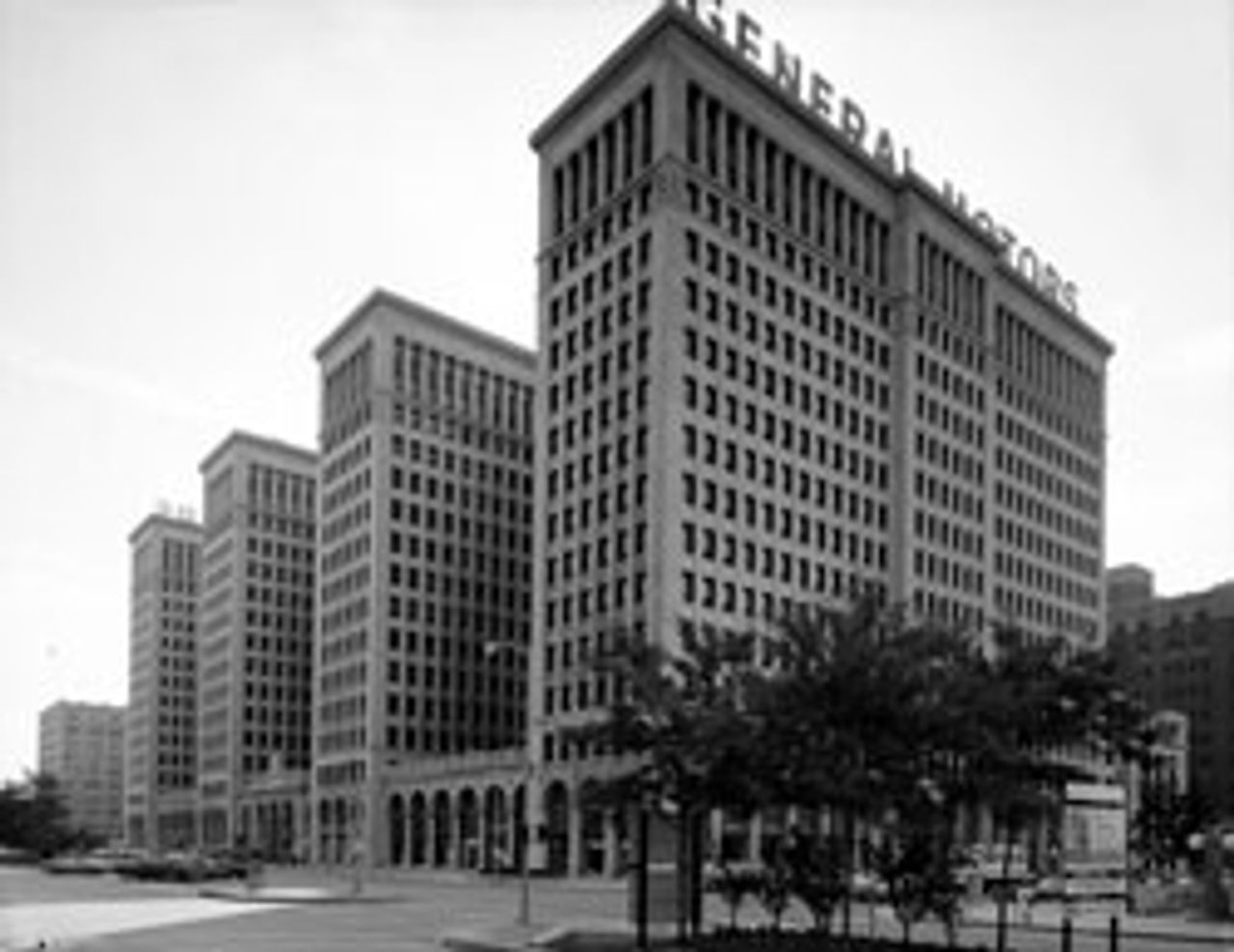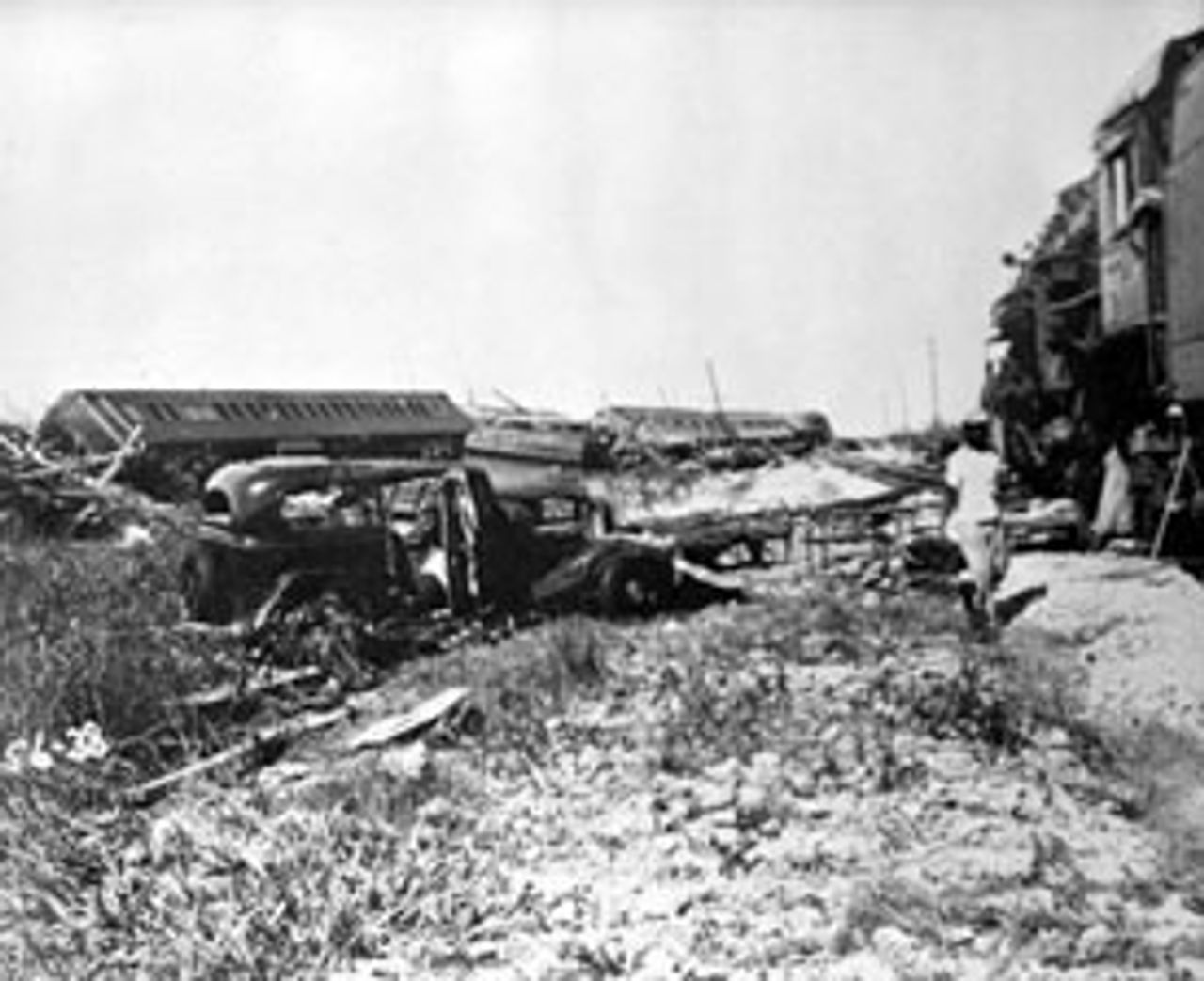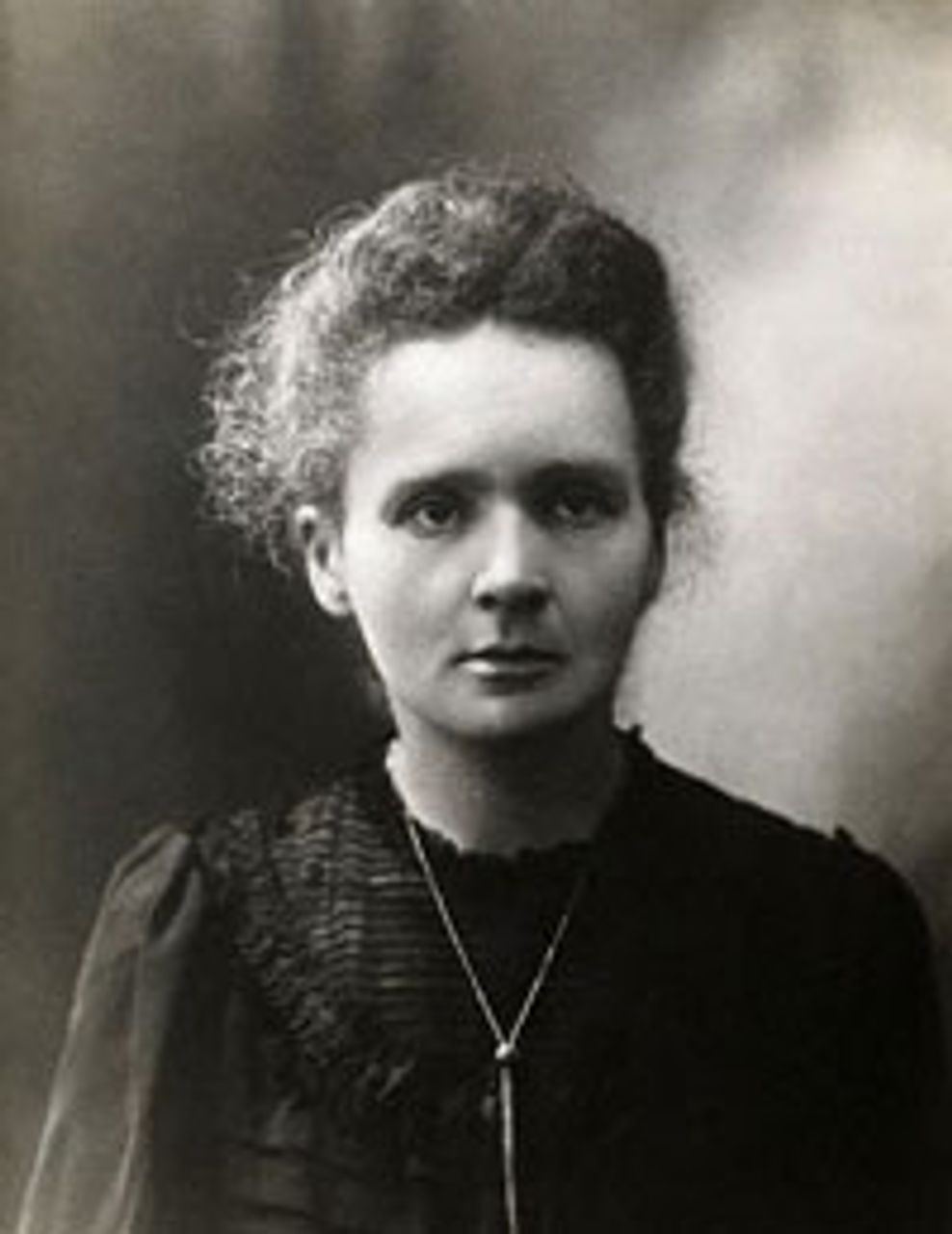This Week in History provides brief synopses of important historical events whose anniversaries fall this week.
25 Years Ago | 50 Years Ago | 75 Years Ago | 100 Years Ago
25 years ago: Unions pave way for sale of TWA to corporate raider Icahn
 TWA airplane
TWA airplaneAn investigative report by the New York Times, published on August 31, 1985, revealed that unions representing pilots and mechanics at TWA airlines had played the crucial role in the sale of the corporation to Carl Icahn earlier in the month.
Officials of the Air Line Pilots Association (ALPA) and the International Association of Machinists and Aerospace Workers (IAM) had come to favor Icahn’s bid over rival corporate raider Frank Lorenzo, who had earlier driven Continental Airlines into bankruptcy in order to enact 50 percent pay and benefit cuts. The unions turned to Icahn, they told the Times, because his bid for TWA included stock and profit incentives for the unions in exchange for 26 percent pay cuts for pilots and 15 percent cuts for mechanics.
The airline favored Lorenzo, as did the unions at first, who distributed buttons to workers bearing the slogan “Stop Icahn!” Lorenzo’s bid was funded by high-yield “junk bonds” underwritten by investment firm Drexel Burnham and Lambert.
The unions, led by Harry Hoglander of ALPA, which for years had refused to call for coordinated strike activity in response to deregulation, Wall Street-engineered bankruptcies, and the concerted attack on wages, had warned TWA that if it favored Lorenzo’s bid, the unions would strike. Even though Lorenzo outbid Icahn, the latter correctly calculated that “the union agreements were worth much more to the board of directors… since they would strengthen the airlines’ profitability and ensure labor peace for three years.”
The Times article, which celebrated the unions’ role, captured the spectacle of union-Wall Street collaboration. When TWA decided in favor of Icahn, “Jubilant, the tall and lanky investor put on Mr. Hoglander’s pilot’s jacket and ran around his plush office, which has an expansive view of Central Park, shouting ‘We’ve got ourselves an airline!’”
With TWA under his control, Icahn immediately set to stripping out its profitable assets, leading it to bankruptcy by 1992 and the loss of thousands of jobs. Lorenzo succeeded in taking over Eastern Airlines the following year and quickly drove it to bankruptcy, while his financier, Drexel Burnham and Lambert, collapsed in 1990 under the weight of star investor Michael Milkin’s junk bonds. As for Hoglander, who had called criticism of Icahn “embarrassing,” he went on to a successful career in labor-management relations and is currently chairman of the National Mediation Board.
50 years ago: Labor Day in Detroit, 1960
 Cadillac Place, Detroit, former GM headquarters
Cadillac Place, Detroit, former GM headquartersJohn F. Kennedy, the Democratic nominee for the presidential election of 1960, addressed a crowd of 60,000 workers during Detroit’s Labor Day parade.
While offering few specifics, Kennedy called for a resumption of the social reform policies of the New Deal administrations of Franklin Roosevelt (1933-1945) after eight years of the Republican Eisenhower administration. Kennedy called for support to the Democrats in order to realize “medical care for the aged under Social Security” and an increase in the minimum wage. He criticized the Republican slogan, “You never had it so good,” noting that 4 million were without work and 3 million worked only part-time.
Detroit remained in 1960 an industrial center, its name synonymous the world over with the auto industry. The city’s political clout was reflected in the Labor Day gatherings, which invariably attracted top Democratic Party politicians, in addition to the union heads.
But cracks were already appearing. In his speech, Kennedy noted that the US steel industry was now working at only half capacity, and that over the previous year the US had the lowest economic growth rate of any industrialized nation. He also referred to the growth of unemployment among auto workers.
Far from having a solution to this developing crisis, Kennedy and the Democratic Party carried out policies that exacerbated it. The reform agenda ultimately depended upon the US maintaining its economic hegemony, but Kennedy’s main policy thrust was toward relying more on the military toward that end. He had already outlined a major increase in spending on the military and a foreign policy that prepared the US to intervene anywhere in the world in the name of combating communism.
75 years ago: Massive hurricane kills hundreds in Florida
 Overseas Railroad, ruined by hurricane
Overseas Railroad, ruined by hurricaneOn September 2, 1935, a powerful hurricane made landfall in the Florida Keys, killing 400. Among those killed by the “Labor Day Hurricane,” one of only three category 5 storms to ever strike the US, were 250 veterans of World War I employed by the Works Progress Administration (WPA) to help build a major Florida highway.
The Monthly Weather Review estimated that winds of 150 to 200 miles per hour struck the Keys, with gusts believed to have been even stronger. The storm, which produced a storm surge of up to 20 feet, virtually wiped out the region’s infrastructure, with buildings, bridges and railroads completely destroyed. A train sent on the Florida East Coast Railway to rescue storm victims was itself washed off the tracks.
Among those who covered the hurricane was Ernest Hemingway. He wrote a scathing article published in the left-wing New Masses entitled “Who Murdered the Vets?” In the article he criticized the federal government for sending war veterans to live and work in dangerous conditions and for failing to evacuate them when a storm was imminent.
“Who sent nearly a thousand war veterans, many of them husky, hard-working and simply out of luck, but many of them close to the border of pathological cases, to live in frame shacks on the Florida Keys in hurricane months?” Hemingway wrote. “Why were the men not evacuated on Sunday, or, at least, Monday morning, when it was known there was a possibility of a hurricane striking the Keys and evacuation was their only possible protection?”
100 years ago: Marie Curie isolates pure radium
 Marie Curie
Marie CurieIn an address to the French Academy of Sciences September 5, 1910, physicist and chemist Marie Curie announced that she had finally succeeded in isolating pure radium from its salt forms.
Curie and her colleague, Andre-Louis Debierne, treated a decigram of radium chloride with electrolysis, creating an amalgam from which pure radium was then distilled in an environment of hydrogen gas. The substance was pure white, but upon exposure to air turned black. Among its characteristics, Curie found that radium could burn paper, oxidized in water, and adhered strongly to iron. She chose not to patent the discovery so as not to interfere with the subsequent research of other scholars.
Curie, together with her husband, Pierre (d. 1906), had discovered radium in 1898, building on the work of Henri Becquerel, who in 1896 had discovered that the x-ray-like energy emitted from uranium did not depend on an external source.
Curie’s work had a major impact on the development of physics, chemistry and medicine. Radium’s extremely high radioactivity appeared to contradict the law of the conservation of energy, and thus helped to provoke a reappraisal of the foundation of physics gaining ground in the first decades of the 20th century. Ernest Rutherford used radium’s radioactivity—the term was coined by Curie—to investigate the structure of the atom, leading to the postulation of the nuclear atom. Radioactivity was soon developed in medicine as a means of combating cancer.
The Polish-born Curie won the 1911 Nobel Prize in chemistry for her work. It was her second Nobel, having won the prize for physics, together with Pierre Curie and Becquerel, in 1903.
